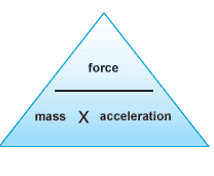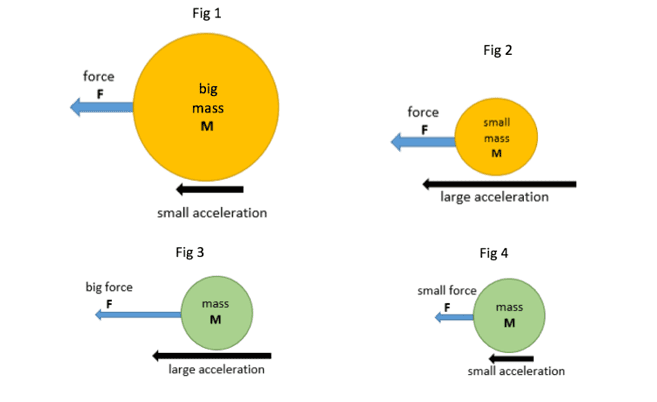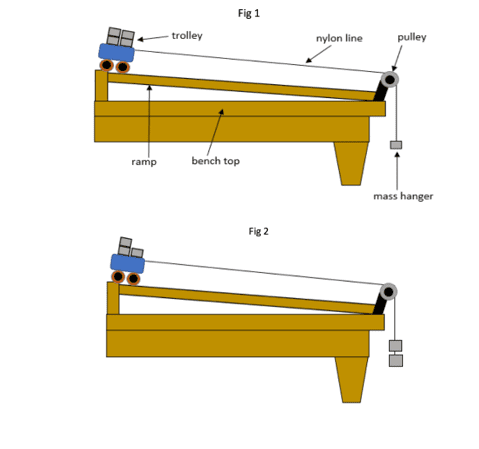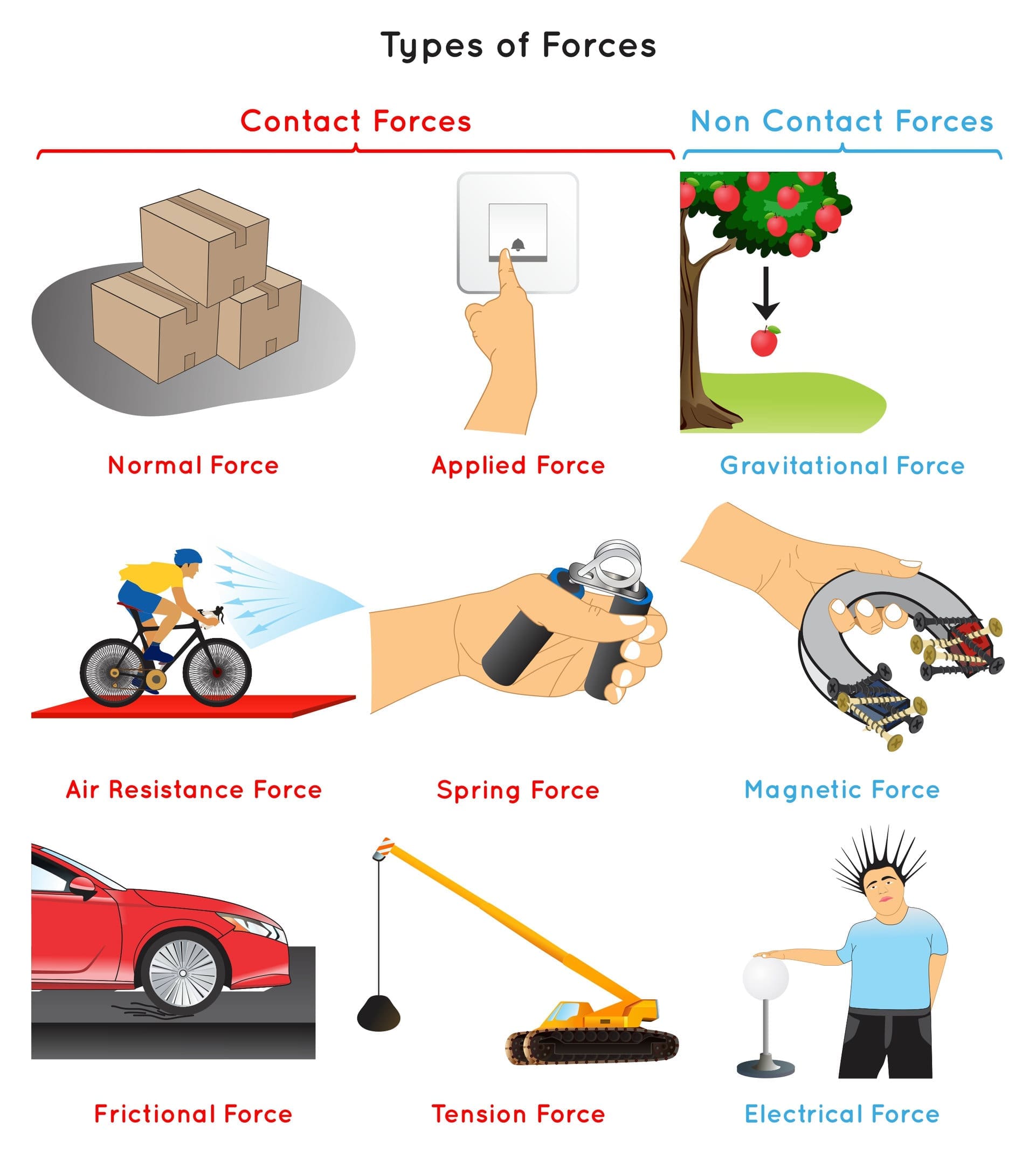In this post
The way an object moves depends on its mass and the size and direction of the resultant force acting upon it. The resultant force is the sum of all of the forces that are acting on the object. We will now look at the ways in which forces can affect the way an object moves, using car safety as an example.

Force, mass and acceleration
Forces make things speed up, slow down, change shape and change direction. The equation used shows that the force is always proportional to the acceleration if the mass is constant:

![Rendered by QuickLaTeX.com \[ \text{Force} = \text{mass} \times \text{acceleration} \]](https://b3801007.smushcdn.com/3801007/wp-content/ql-cache/quicklatex.com-bc18218976c5472e52b64c9f7053960a_l3.png?lossy=2&strip=1&webp=1)
It can also be rearranged to show us that the bigger the mass of an object, the smaller its rate of acceleration.
![Rendered by QuickLaTeX.com \[ \text{Mass} = \frac{\text{force}}{\text{acceleration}} \]](https://b3801007.smushcdn.com/3801007/wp-content/ql-cache/quicklatex.com-63041e49b19ba47bdd550dbc0a7d71f4_l3.png?lossy=2&strip=1&webp=1)

An object’s velocity will not change unless there is an unbalanced force acting upon it. An unbalanced force is an individual force which is not balanced by forces of equal magnitude acting in opposite directions, as shown in the following diagrams.
In the diagrams, each circle represents an object. In Fig. 1, the bigger circle represents the bigger mass. In Fig. 2, the smaller circle represents the smaller mass. The blue arrows represent the forces applied to the objects. The force applied to both objects in Fig. 1 and Fig. 2 is equal, however, the two objects accelerate at different speeds. The object with a smaller mass has a larger acceleration as opposed to the object with a bigger mass that has a smaller acceleration. The acceleration of an object is affected by both its mass and the force applied to it.

In Fig. 3 and Fig. 4, you can see that the circles represent objects of the same mass. However, the force that has been applied to each object differs. In Fig. 3, the force applied is bigger than the force in Fig. 4. This represents how the force is proportional to acceleration when the mass is constant and the larger force causes the object in Fig. 3 to accelerate quicker.
If you are having trouble imagining this, think about what would happen if you gently threw a tennis ball – it would not go as far as it would if you threw it with all your force. The different sizes in the force with which you threw the ball (the strength of the throw) affect the acceleration of the object. If you then threw both a tennis ball and a large rock with as much force as you could, you would see that the tennis ball would travel the furthest. This is an example of the same force being applied to objects with different masses so that the acceleration is affected.
The investigation of force, mass and acceleration
The relationship between force, mass and acceleration can be investigated and demonstrated using an experiment involving a trolley on a sloped ramp. The slope of the ramp is slowly adjusted throughout the experiment so that the trolley continues to move down the ramp if it is gently pushed. The presence of the slope allows gravity to act and to prevent friction from the trolley’s wheels affecting the results of the experiment.
Below are two diagrams of the experiment:

In Fig. 1, the trolley positioned at the top of the ramp contains 4 kilogram masses and is attached to a nylon line. This nylon line runs to the end of the ramp, is positioned over a pulley and has a mass hanger attached with a mass of 1 kg. There are 5 kilogram masses involved in the system in total. As the trolley has more masses than the nylon line, it has a larger overall mass. The aim of the experiment is to see how the mass would affect the rate of the acceleration. The experimental set-up should demonstrate that the trolley would not accelerate at a fast speed, as the four masses on the trolley will overcome the mass of the nylon line. When the masses are moved from the trolley to the mass hanger at the end of the nylon wire (as shown in Fig. 2), the acceleration of the trolley should change.
In Fig. 2, a mass from the trolley has been removed and added onto the hanger at the end of the nylon line. This means that three masses now sit on the trolley and two now hang off the nylon line. The mass applied to the trolley or nylon wire is known as the variable as it has been changed. As a result, the trolley is lighter and the force that pulls on it from the nylon wire has doubled. This results in the trolley moving faster down the ramp, meaning that the rate of acceleration would increase.
In the experiment, pieces of equipment known as light gates can be used to measure the acceleration of the trolley. Light gates use light beams and timing technology to measure the speed of an object that passes through them. Each light gate has two beams that are very close to one another. An object passes the first beam and the gate starts a timer; this stops when the object passes the second beam. This only takes a few milliseconds but by using this small difference in time, and the known distance between the two beams, the speed at which the object crossed the gate can be determined.



